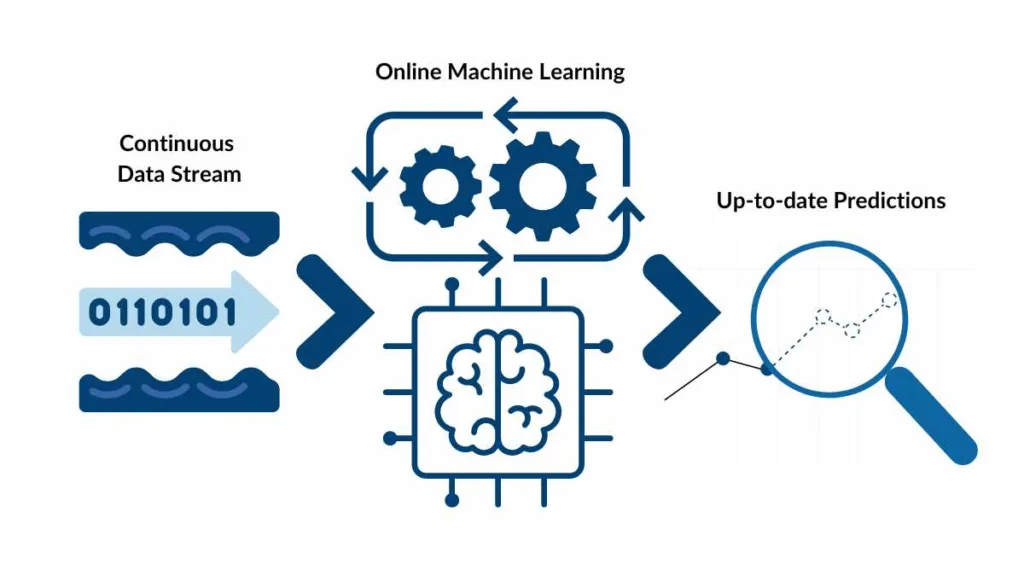
When building a machine learning model, analysis is the step that transforms raw numbers into meaningful insight. It’s the bridge between data collection and intelligent design, helping you understand not only what your dataset contains, but also what story it tells.
The first stage of analysis involves exploring the dataset’s structure: identifying key variables, checking for missing values, and understanding distributions. This process reveals whether the data is balanced, biased, or needs cleaning before any model can be trained. For example, noticing that one category dominates another might signal the need for resampling or weighting. Each observation becomes a clue about how your model might behave later on.
From there, you begin forming conjectures, educated guesses about which factors may drive outcomes. In a predictive maintenance context, temperature or vibration signals might emerge as leading indicators of failure. In music analysis, perhaps tempo or frequency patterns correlate with emotional tone. These hypotheses don’t have to be perfect, but they create a logical foundation for model design and experimentation.
Analysing data also helps shape your report. Instead of writing in the abstract, you can anchor each section around evidence: describing what you found, why it matters, and how it informed your next steps. A clear analytical narrative turns your project into more than a technical exercise, it becomes a story of discovery.
Ultimately, dataset analysis is where intuition meets evidence. It’s about asking the right questions, recognising patterns, and using those insights to guide model development. When done thoughtfully, it ensures your machine learning report isn’t just a record of process, but a reflection of how understanding emerges from exploration.
Allegra Pezzullo

